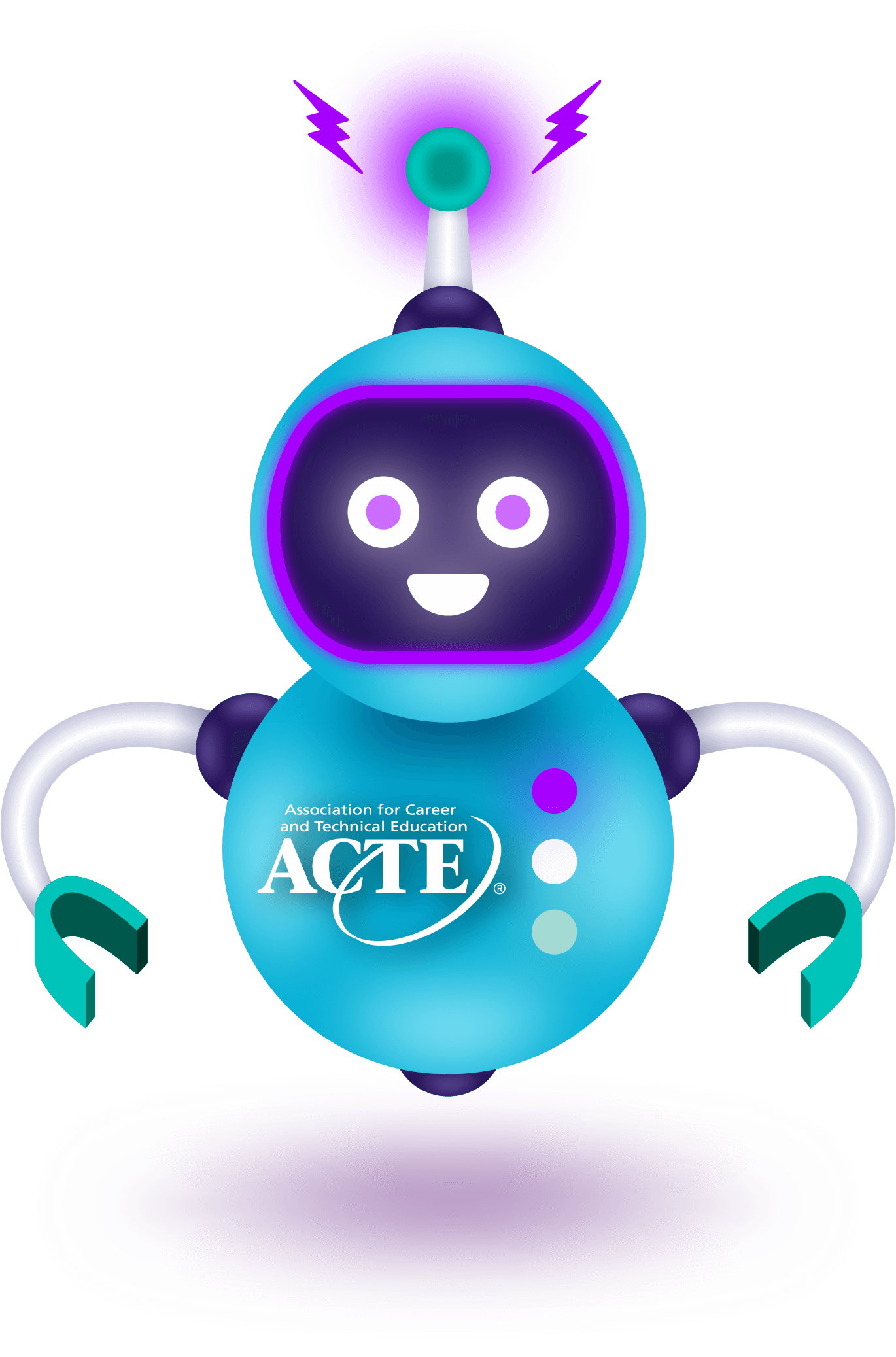With Election Day in the rearview mirror, now it is time for new representatives and senators-elect to start the process of hiring staff, opening offices and developing their legislative philosophies and agendas.
The First Session of the 118th Congress – comprising calendar year 2023 – will begin officially on January 3, 2023. While we are still awaiting final election results in several races, this is a critical time for CTE and CTE advocates.
Although the current Congress still has a “lame-duck” session of the 117th Congress left to finish this year, this is the best time to start planning outreach to newly elected Members to build relationships and help shape their priorities for the months to come. It is still important to maintain existing relationships on Capitol Hill as well – now is a great time to renew relationships with existing Members of Congress and remind them to support CTE!
This is not an exhaustive list, but some actions you can take before the start of the next Congress may include:
- Visit member-elect campaign websites and review their information and views on education and workforce development.
- If contact information is available, congratulate the member-elect on their election victory and offer to serve as a resource to them on education and workforce development issues going forward.
- If members-elect are attending community events or meetings, attend to introduce yourself and inquire about their understanding and support of CTE in their state or district.
- Reach out to your returning representatives to congratulate them on re-election, reiterate your desire to serve as a resource to them and express your hope that they will continue to take actions in support of CTE, such as increases to Perkins funding, Pell Grants expansion to short-term training programs and support for the educator workforce.
Shortly before the beginning of the new Congress, ACTE will share more resources to help you build relationships with your new representatives and urge them to support ACTE priorities that will benefit CTE. We need your help in getting to know the new Members of Congress and encouraging them to serve the needs of their constituents in the CTE community. You can view a full list of election winners here.
Read ACTE’s comprehensive advocacy toolkit for a head start as we prepare for the transition! If you have any questions, please reach out to Jori Houck, ACTE Media Relations and Advocacy Associate, at jhouck@acteonline.org.







